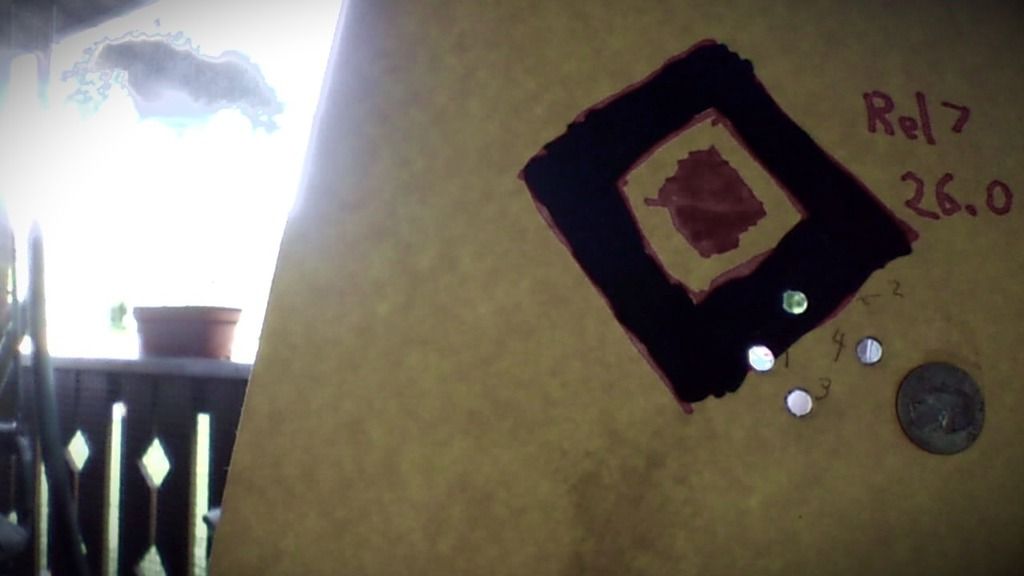Gentlemen;
I have recently come into a Krag. It must have been a rifle when issued way back when - now it has been righteously cut down to carbine length, complete with a saddle-ring from somewhere. The whole outfit has been refinished with a fairly attractive 'brown' color. This looks OK but seems to have reduced the 'slickness' of the typical Krag action to some extent.
The sights are issue, the front blade being transferred nicely to the shorted barrel from the original rifle. The trigger is kind of like squeezing a ripe plumb - no let off - creeps all the way until the rifle eventually goes off.
Anyway, the bore is bright. The throat is washed out somewhat but well within working limits. I measured the bore, finding it to be 0.307 in the grooves and a 0.300 bore.
My loads are with a perfectly suitable LEE C309-200-R that casts 0.310 on the body and 0.2995 on the noses: 180 rounds have been loaded and fired - no satisfactory results have been attained. The groups sometimes show nice 4 or five fairly close but always there are rather striking flyers that spoil any hope for real, reliable accuracy.
Here I'm looking for any help about Krag triggers, loads and/or bedding techniques.
Thanks for any assistance; Forrest

|
   
   
|


|



 Reply With Quote
Reply With Quote










 . around day 3 i thought it was clean and then i put my lead slug down the barrel. there was black gunk and copper and God knows what else. it took another 2 or 3 days till it was spotless. mine is .3085".
. around day 3 i thought it was clean and then i put my lead slug down the barrel. there was black gunk and copper and God knows what else. it took another 2 or 3 days till it was spotless. mine is .3085". ) and rel7.
) and rel7.










